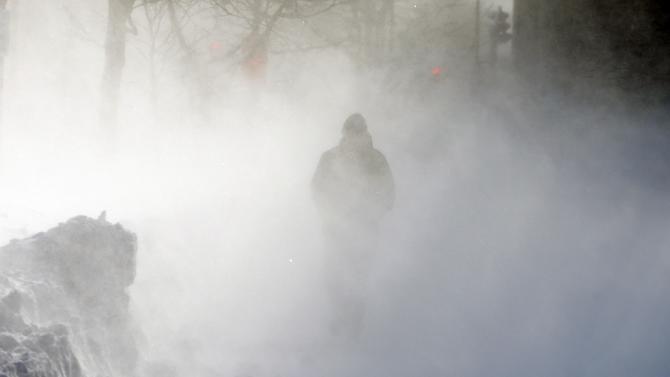| Online: | |
| Visits: | |
| Stories: |
Snow and Cold – A Fulfillment of Bible Prophecy?

Latest Blizzard Puts Boston Within one foot of all time record…
City dispatches prison inmates to shovel subway tracks…
In the late-1960s, Mikhail Ivanovich Budyko worked with simple two-dimensional energy-balance climate models to investigate the reflectivity of ice.[5] He found that the ice-albedo feedback created a positive feedback loop in the Earth’s climate system. The more snow and ice, the more solar radiation is reflected back into space and hence the colder Earth grows and the more it snows. Other studies found that pollution or a volcano eruption could provoke the onset of an ice age.[6][7]
In the mid-1980s, Atsumu Ohmura, a geography researcher at the Swiss Federal Institute of Technology, found that solar radiation striking the Earth’s surface had declined by more than 10% over the three previous decades. His findings appeared to contradict global warming—the global temperature had been generally rising since the 70s. Less light reaching the earth seemed to mean that it should cool. Ohmura published his findings “Secular variation of global radiation in Europe” in 1989.[8] This was soon followed by others: Viivi Russak in 1990 “Trends of solar radiation, cloudiness and atmospheric transparency during recent decades in Estonia”,[9] and Beate Liepert in 1994 “Solar radiation in Germany — Observed trends and an assessment of their causes”.[10] Dimming has also been observed in sites all over the former Soviet Union.[11] Gerry Stanhill who studied these declines worldwide in many papers (see references) coined the term “global dimming”.[12]
Source: http://ppsimmons.blogspot.com/2015/02/snow-and-cold-fulfillment-of-bible.html




